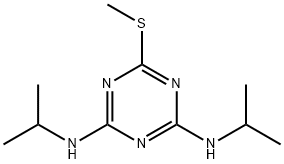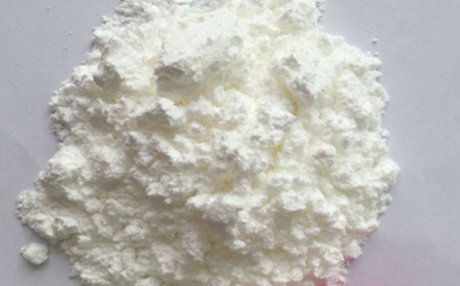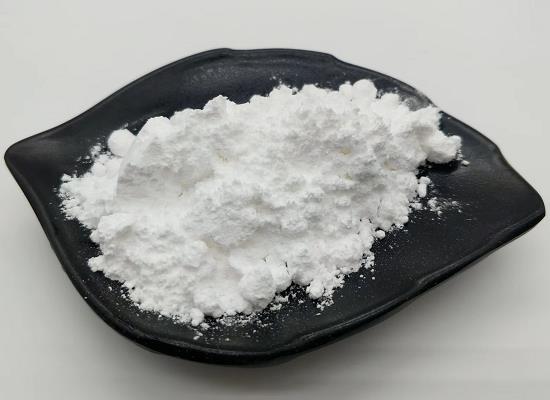Prometryn: an agricultural herbicide
Introduction
Prometryn is a diamino-1,3,5-triazine that is N, N'-di(propan-2-yl)-1,3,5-triazine-2,4-diamine substituted by a methylsulfanediyl group at position 6. Prometryn appears as colourless crystals. It has a role as a herbicide, a xenobiotic and an environmental contaminant. Prometryn is a slightly to moderately toxic compound classified as a member of toxicity class II or III, depending on the formulation.
Chemical property
Prometryn belongs to the chemical class of sulfur-substituted triazine, thiomethyl herbicides, or thio-S (symmetrical)-triazines. It is synthesized by successive N-alkylations of cyanuric acid with the addition of thiomethyl group by mercaptan and by reaction of propazine with methylmercaptan in the presence of sodium hydroxide, followed by treatment with dimethyl sulfate. It is an odorless, nonexplosive, noncorrosive, moderately volatile white powder (molecular weight: 241.356 g mol− 1). It is stable for up to 5 or more years if stored under normal temperature and humidity conditions in the dark before application. It can be hydrolyzed by warm acids and alkalis. Commercially, it is mixed in formulations containing 5–90% of pure prometryn. Technical prometryn is of 97% purity. Prometryn has low water solubility (33 mg− 1 at 20 °C, Kow log P = 3.1) as water solvent forms a weak base (pKa = 4.1, pKb = 9.95 at 25 °C). Thermal decomposition products include oxides of carbon, nitrogen, and sulfur (melting point is 118–120 °C and boiling point is 300 °C, weakly flammable).
Uses
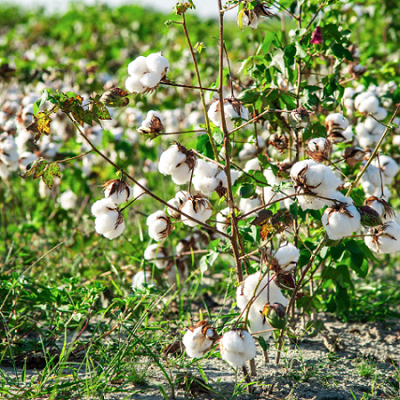
Prometryn is used as a pre-and postemergent agricultural herbicide (0.5–3.5 kg ha− 1) for the control of annual broadleaf and grass weeds in cotton production and crops such as corn, dill, carrots, parsley, peanuts, cotton sugarcane, tea, soybean, fruit, potato, pigeon peas, alfalfa, rice, forestry, and the gardens of the nursery. It has considerable contact activity with targeted weeds (Chenopodium, Ipomoea, Amaranthus, Sida, Setaria, Eleusine, and many grass species). Seeds and roots are not usually affected within the normal treatment dosages. Also, prometryn is applied against filamentous algae, aquatic weeds, and other harmful algae in the aquaculture industry, especially in Asia.
References
[1] Prometryn - an overview | ScienceDirect Topics https://www.sciencedirect.com/topics/pharmacology-toxicology-and-pharmaceutical-science/prometryn
[2] US EPA - Pesticides - Fact Sheet for Prometryn https://www3.epa.gov/pesticides/chem_search/reg_actions/reregistration/fs_PC-080805_1-Feb-96.pdf
See also
Lastest Price from Prometryn manufacturers

US $10.00/KG2025-04-21
- CAS:
- 7287-19-6
- Min. Order:
- 1KG
- Purity:
- 99%
- Supply Ability:
- 10 mt
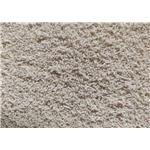
US $0.00/kg2025-04-11
- CAS:
- 7287-19-6
- Min. Order:
- 1kg
- Purity:
- 99
- Supply Ability:
- 20tons
